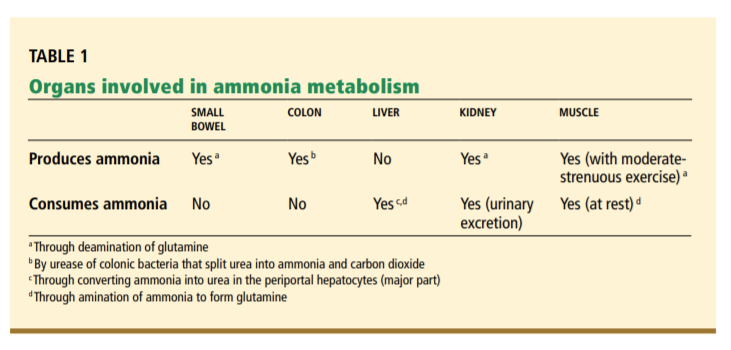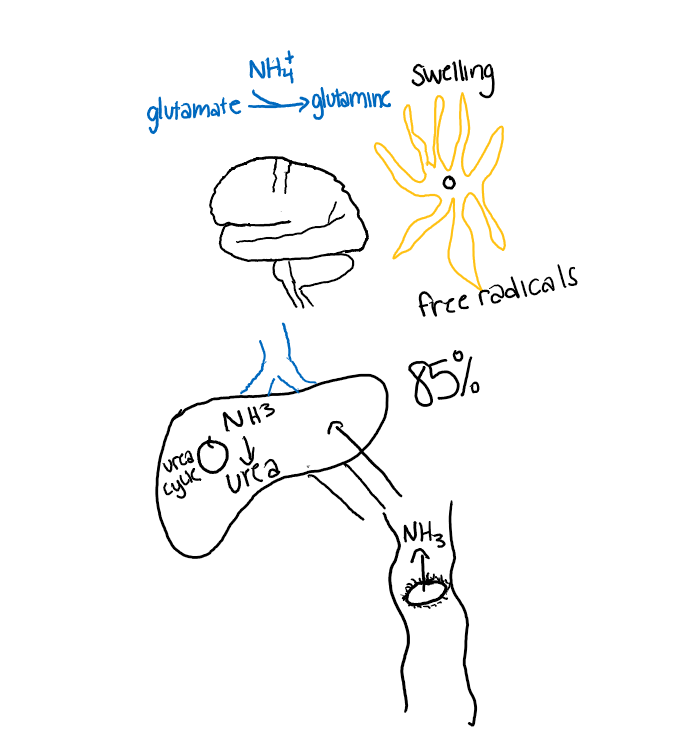
Do you give vitamin K to pts with cirrhosis presenting with elevated INR? I would love to hear your thoughts about the topic.
Here are a few questions about Vit K in cirrhosis I wanted to answer. Please post additional articles on the topics that you know of. Question 1: Is there proof that patients with cirrhosis are Vit K deficient?
3/ It is proposed that patients w/ cirrhosis are at ⬆️ risk for Vit K def. I could find very few studies about this. This study of pediatric pts w/ cholestatic liver disease had high prevalence, but very different pop from most adults w/ cirrhosis. pubmed.ncbi.nlm.nih.gov/19502999/
4/ There is a high risk of Vit A and D in patients with cirrhosis referred for transplant evaluation and the presence or absence of cholestatic liver disease did not predict the deficiency. The article did not mention Vit K def. ncbi.nlm.nih.gov/pmc/articles/P…
5/ There certainly is a theoretical concern due to antibiotics, malnutrition, possible bile salt alteration decreasing vit absorption and other fat soluble vit def. Would love to see more articles you know of.
6/ ? 2: Is Vit K safe?
In the IV dose, Vit K can can an anaphylactoid reaction, exact incidence is not characterized but seems fairly rare. I have seen this once. (pubmed.ncbi.nlm.nih.gov/11406734/).
In the IV dose, Vit K can can an anaphylactoid reaction, exact incidence is not characterized but seems fairly rare. I have seen this once. (pubmed.ncbi.nlm.nih.gov/11406734/).
7/ There is also a theoretical risk that giving Vit K could actually increase risk of clotting, but I did not see any validation for this.
8/ ? 3: Does it correct coag parameters? In a comparative study, In pts given 1 10mg subQ dose of Vit K- Protein C levels declined in pts with chronic HBV and hepatitis C virus but FVII, total and free protein S did not increase in any group. pubmed.ncbi.nlm.nih.gov/23080365/ 

A retrospective cohort found that pts given at least one dose of IV Vit K (usually 10mg) had INR reduction of .31. However, 62% of patients did not have a significant decline in INR. pubmed.ncbi.nlm.nih.gov/28211589/
10/This retrospective matched cohort paper
bleeding risk=history of varices AOR= 6.35. Vitamin K had no significant impact on bleeding in multivar analysis and no sig effect on INR decrease. pubmed.ncbi.nlm.nih.gov/26586854/
bleeding risk=history of varices AOR= 6.35. Vitamin K had no significant impact on bleeding in multivar analysis and no sig effect on INR decrease. pubmed.ncbi.nlm.nih.gov/26586854/

11/ Some factors in article found sig associated with INR responders were: ICU care within 7 days and baseline INR >1.6, and receipt of blood products. Really sick pts may be more likely to respond (may be more likely to receive antibiotics too although article did not mention).
12/ Another retrospective study found that 16.5% in the vitamin K1 group compared to 5.5% in the no vitamin K1 group had rebleeding within 30 days. Pts who received vit k sicker w/ more severe thrombocytopenia. Avg dose vit K 25mg over 3 days (57% IV). ncbi.nlm.nih.gov/pmc/articles/P… 

13/ Obviously, since this is a retrospective study and pts who received Vit K likely sicker, these results should be interpreted with caution.
14/ Another retrospective review found that Vit K supplementation decreased INR by only .08 and only 7% had INR Downwards arrow of at least .4. (I could only see abstract, so not sure of avg Vit K dosage)
ashpublications.org/blood/article/…
ashpublications.org/blood/article/…
15/ To stir the pot, a retrospective cohort treated with vitamin K for for 3 to 39 days (avg of 16.3 days) had a Downwards arrowrisk of death. However, since a small, retrospective study (only 57 total w/ 14 controls) data prob too small to interpret. ncbi.nlm.nih.gov/pmc/articles/P…
16/ Here is the statement from the 2019 AGA Practice Updates on coagulation in cirrhosis about Vit K in cirrhosis: pubmed.ncbi.nlm.nih.gov/30986390/ 

Here is a great review article on the topic that I enjoyed reading: ncbi.nlm.nih.gov/pmc/articles/P…
Conclusions:
☄️In certain patients, Vit K may ⬇️ the INR in some but in most pts the changes are minimal.
☄️Vit K administration has not been shown to decrease bleeding risk
☄️IV Vit K caries a small risk of anaphylactoid reaction
☄️In certain patients, Vit K may ⬇️ the INR in some but in most pts the changes are minimal.
☄️Vit K administration has not been shown to decrease bleeding risk
☄️IV Vit K caries a small risk of anaphylactoid reaction
Final thoughts: Overall, there does not seem to be a lot of data to support giving vit k but generally safe (especially oral).
My personal take: Like Vit D in many diseases, Vit K def may correlate with poor outcomes but repletion unlikely to improve outcomes. Thoughts?
My personal take: Like Vit D in many diseases, Vit K def may correlate with poor outcomes but repletion unlikely to improve outcomes. Thoughts?
• • •
Missing some Tweet in this thread? You can try to
force a refresh






